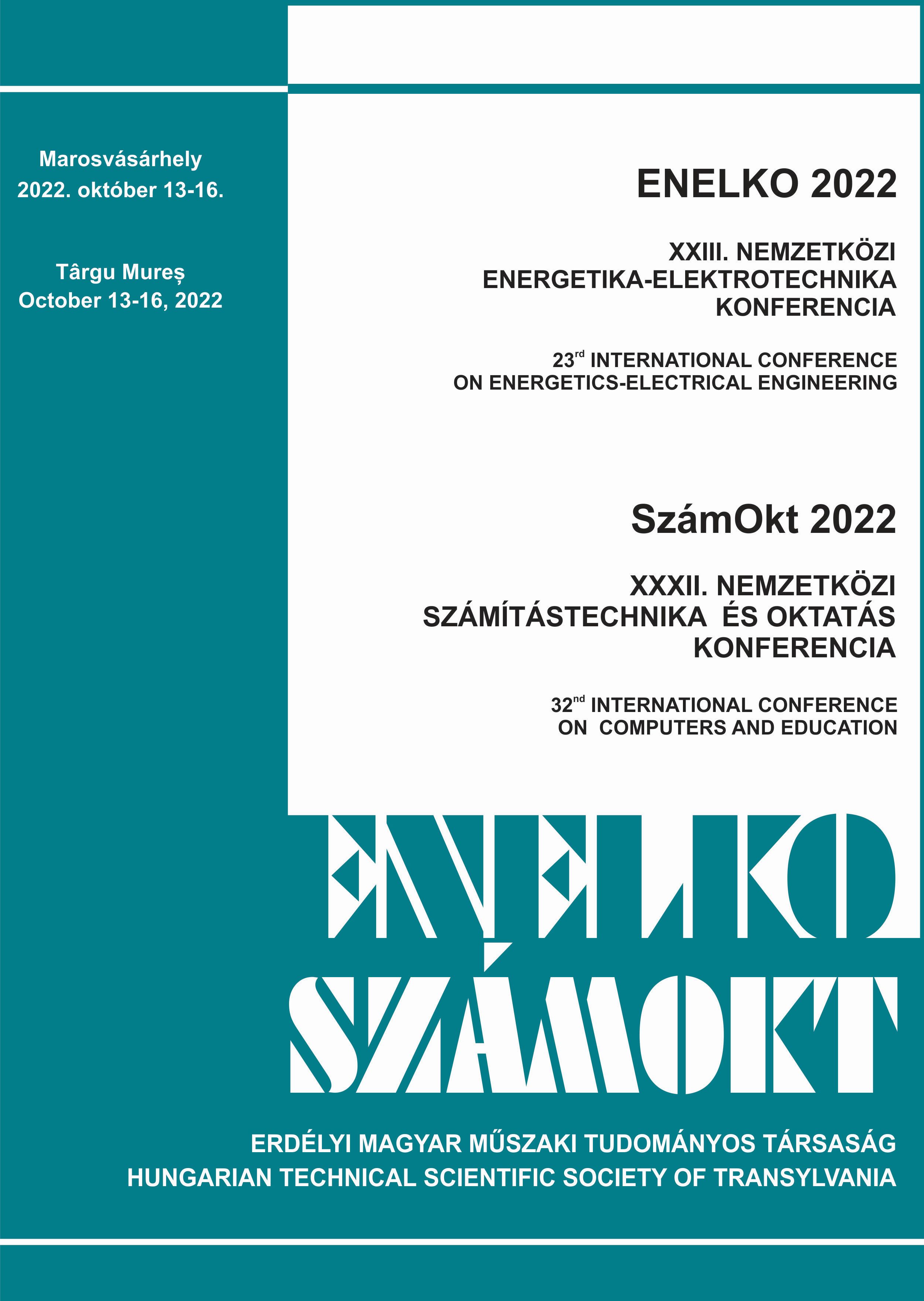Hogyan is számol az agyunk valójában?
How our brain really computes
Keywords:
neural computing, brain operation, computing model, information, learning, neurális számítás, agy működés, számítási modell, neuron modell, információ, tanulásAbstract
It is commonly accepted that our brain computes. Researchers attempt to understand the way how it does so (in addition to performing neurophysical measurements), also running simulations on conventional computers in an attempt to synthetise its capabilities and even to prepare a silicon brain. By generalizing the computing model, the brain can really be considered as a specialized computing system, but nearly all related notions and processes are different from the ones we know from technological computing, including the notion of information, its transmission and processing.
Kivonat
Az általánosan elterjedt felfogás szerint agyunk számol. Ezt a tevékenységét megpróbáljuk (neurofiziológiai mérések mellett) egyrészt hagyományos számítógépeken futtatott szimulációval is megérteni, az agy képességeit mesterséges úton előállítani vagy éppen szilícium agyat készíteni. A számítási modell általánosításával valóban lehet az agyat sajátos számítást végző rendszernek tekinteni, de az agyban szinte mindegyik fogalom és részfolyamat eltér a technológiai számításban megismerttől, beleértve az információ fogalmát, annak továbbítási és feldolgozási módját is.
References
*** TOP5011: Exascale Is Officially Here with Debut of Frontier. https://www.hpcwire.com/2022/05/30/top500-exascale-is-officially-here-with-debut-of-frontier/ (Utolsó letöltés: 2022. 09.04).
Almeida Rafael G. és Lyons David A., On Myelinated Axon Plasticity and Neuronal Circuit Formation and Function, J. Neuroscience, 42(37)2017, 10023–10034
Caporale, N., Dan, Y.: Spike Timing–Dependent Plasticity: A Hebbian Learning Rule, Annual Review of Neuroscience, 1(31)2008, 25-46, doi = 10.1146/annurev.neuro.31.060407.125639,
Johnston D. és Miao-sin Wu Samuel, Foundations of Cellular Neurophysiology.
Massachusetts Institute of Technology, 1995. 978-0-262-10053-3
Koch C:Biophysics of Computation, Oxford University Press, 1999, 978-0-19-518199-9.
Nemenman, I, Lewen, G. D., Bialek, W., de Ruyter van Steveninck, Rob R.: Neural Coding of Natural Stimuli: Information at Sub-Millisecond Resolution. PLOS Computational Biology 3(4)2008, 1-12
Neumann János: A számológép és az agy. Netacademia, 2006.
D. Plenz and A. Aertsen, Neural dynamics in cortex-striatum ci-cultures -- II. Spatiotemporal Characteristics of Neural Activity, Neuroscience 4(70)1996, 893–924.
Shannon, C. E.: A mathematical theory of communication. The Bell System Technical Journal 3(27)1948, 379-423, doi=10.1002/j.1538-7305.1948.tb01338.x
Shannon, C. E.: The Bandwagon, IRE Transactions in Information Theory, 1(2)1956, p3. http://csc.ucdavis.edu/~cmg/papers/Shannon.IRETransInfoTh1956b.pdf (Utolsó letöltés: 2019. 04.10).
Végh J.: Why do we need to Introduce Temporal Behavior in both Modern Science and Modern Computing, With an Outlook to Researching Modern Effects/Materials and Technologies,
Global Journal of Computer Science and Technology: Hardware & Computation, 1(20)2020, 13-29,
doi=10.34257/GJCSTAVOL20IS1PG13
Végh J: Finally, how many efficiencies the supercomputers have? The Journal of Supercomputing 12(76)2020, 9430-9455, http://link.springer.com/article/10.1007/ s11227-020-03210-4, rendszeresen frissítve https://arxiv.org/abs/2001.01266,
Végh J.: Which scaling rule applies to Artificial Neural Networks, Neural Computing and Applications, 2021, 33:16847–16864 doi=10.1007%2Fs00521-021-06456-y
Végh J.: Revising the Classic Computing Paradigm and Its Technological Implementations,
Informatics 4(8)2021, 171. doi = 10.3390/informatics8040071. https://www.mdpi.com/2227-9709/8/4/71 (Utolsó letöltés: 2022. 09.04).
Végh J, Berki Á. J: Towards generalizing the information theory for neural communication.
Entropy 8(24)2022, 1086. doi=10.3390/e24081086.
Végh J, Berki Á. J.: On the spatiotemporal behavior in biology-mimicking computing systems,
Researchgate, 2020, https://www.researchgate.net/publication/344325571_On_the_Spatiotemporal_Behavior_in_Biology-Mimicking_Computing_Systems (Utolsó letöltés: 2022. 09.04)
Végh J., Berki Á. J.: Az egységes számítási modell. XXXI. SzámOkt EMT, 2021, 93-98 (Utolsó letöltés: 2022. 09.04).
Végh J., Berki Á. J.: Why learning and machine learning are different, Advances in Artificial Intelligence and Machine Learning, 2021, 1(2) 131-148, doi=10.54364/AAIML.2021.1109
Végh J., Berki Á. J.: On the Role of Information Transfer's Speed in Technological and Biological Computations, Acta Biotheoretica, in print(2022), doi = 10.20944/preprints202103.0414.v1,





